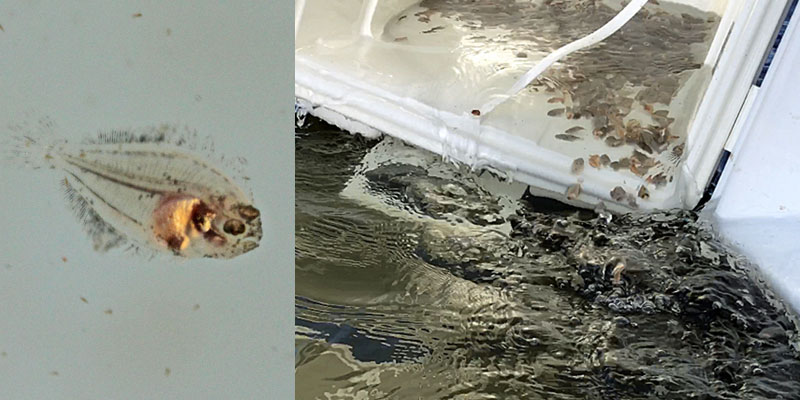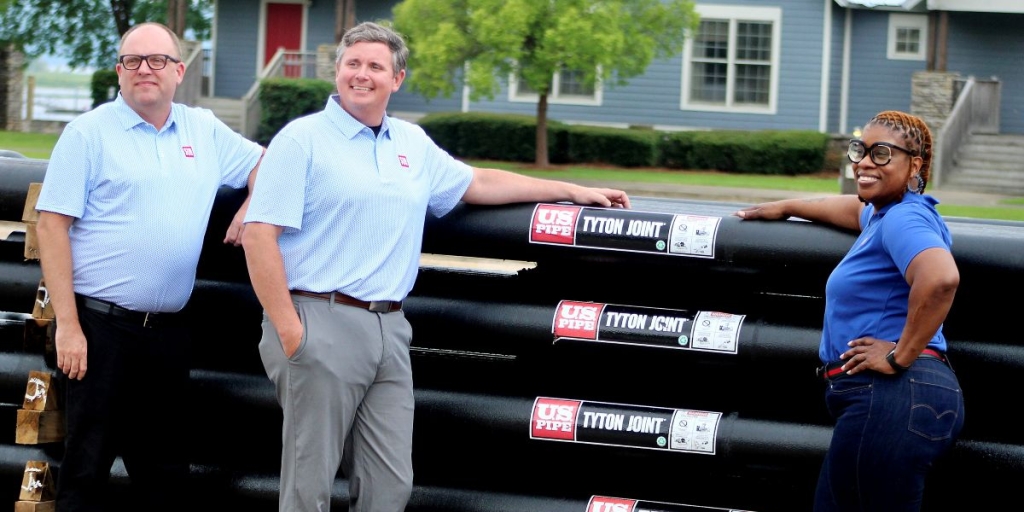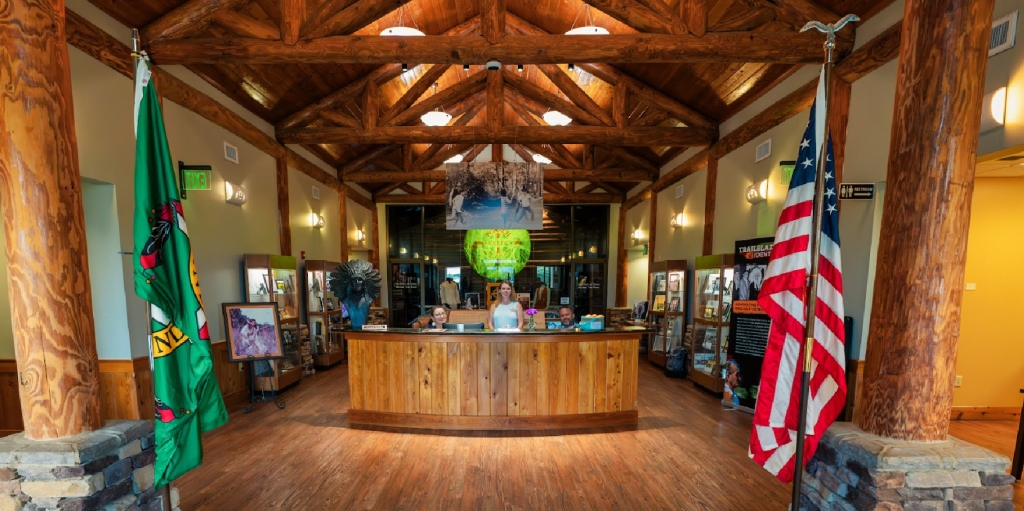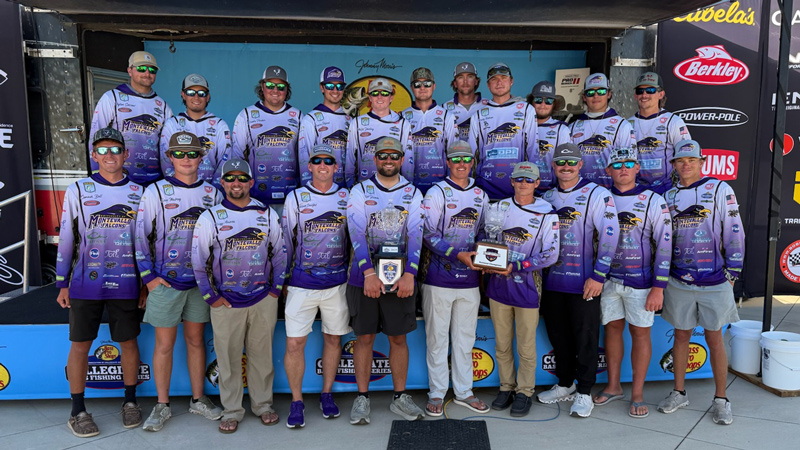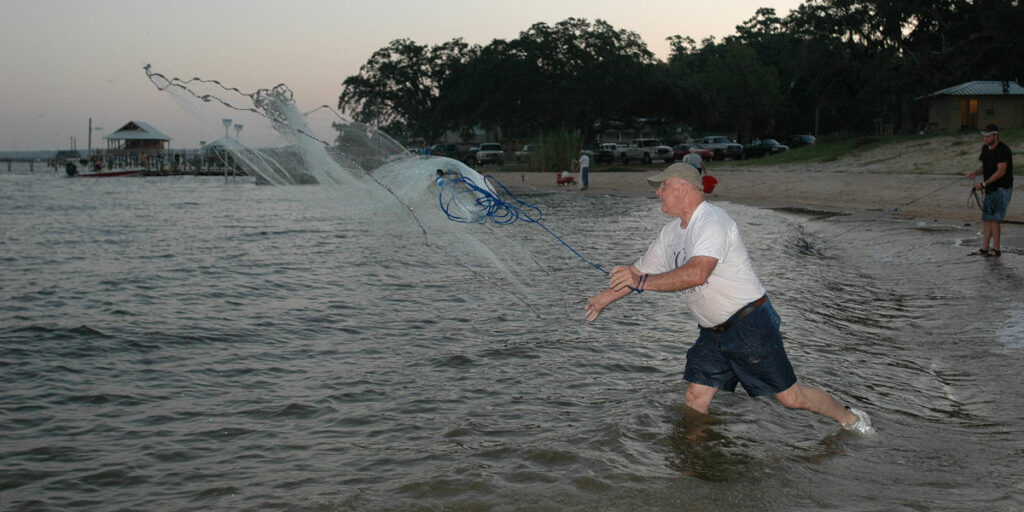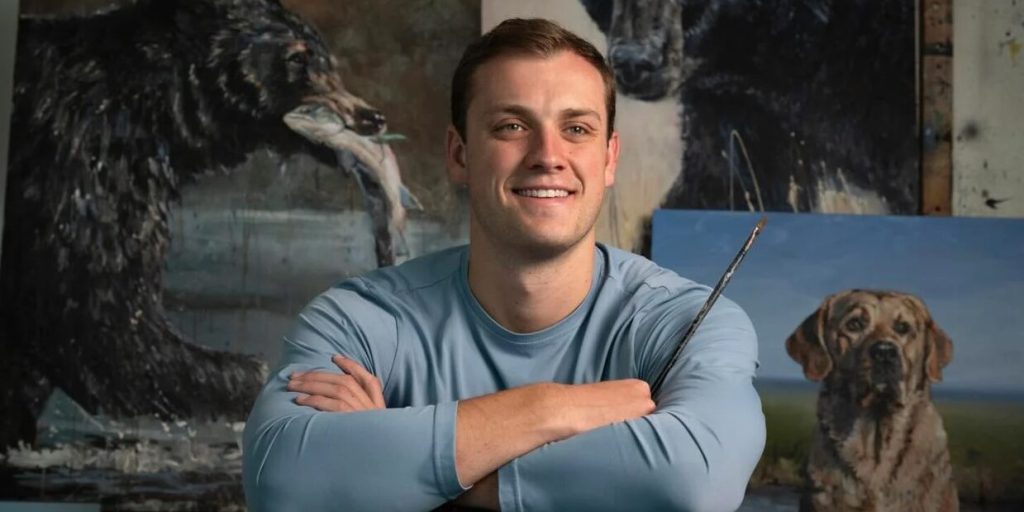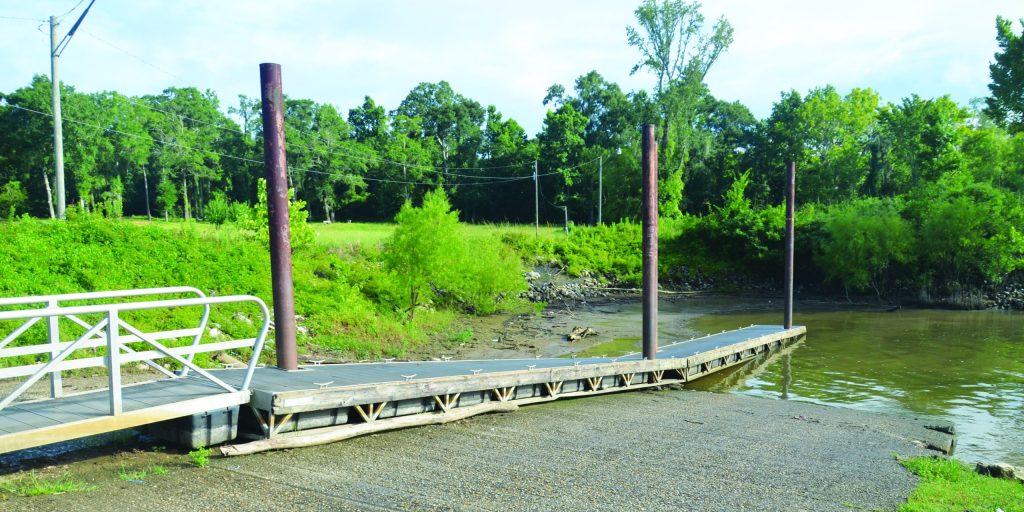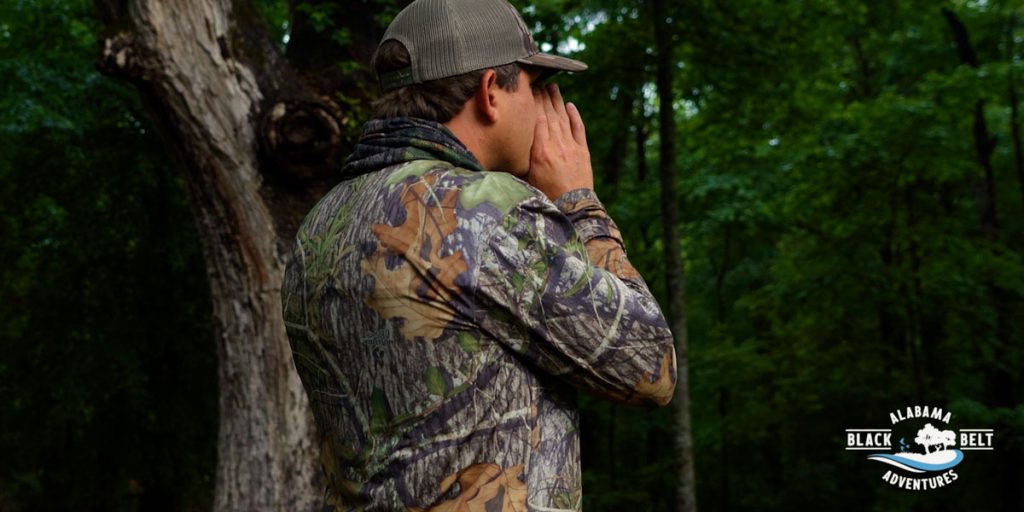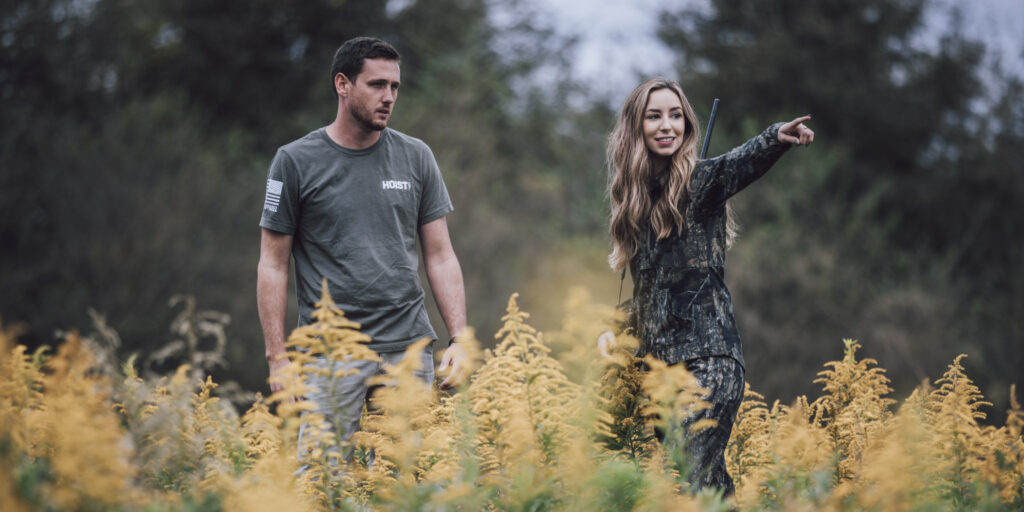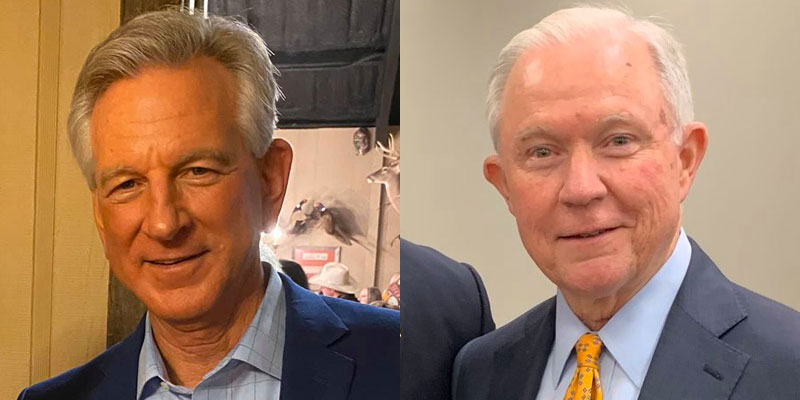With the exception of those essential workers like healthcare, first responders and transportation, to whom we owe a great debt of gratitude, the COVID-19 outbreak has most of the world at a standstill.
Schedules had to be adjusted when Alabama Governor Kay Ivey issued the directives to minimize the spread of the virus.
One of those schedules involved the release of the southern flounder fingerlings that had been spawned at the Alabama Marine Resources Division’s (MRD) Claude Peteet Mariculture Center in Gulf Shores.
The flounder spawn was a first for MRD’s saltwater hatchery, and Max Westendorf, hatchery manager, said the release was executed about a week earlier than originally planned, but this didn’t pose a risk to the fingerlings.
“It really wasn’t detrimental,” Westendorf said. “We just had to throw it into gear and get it done.”
Another change of plans involved where the flounder were released. Hatchery staff had to find the best suitable salinity to maximize the survival of the fingerlings. The staff boated to the west but came back with reports that the salinity was too low.
“Initially, we had planned to release them in the Bon Secour and Oyster Bay areas and around Dauphin Island,” Westendorf said. “But with all the floodwater that had been coming down from the northern part of the state, from basically the mouth of the Intracoastal Waterway at Bon Secour all the way to Fort Morgan, the salinity levels were below two parts per thousand. We were looking for salinity levels of 10-15 parts per thousand. We had to go east to the Wolf Bay and Josephine areas. We were able to find water that was from 9 to 11 parts per thousand. “
The salinity in the tanks at the hatchery was reduced to match the conditions in the wild, and the fingerlings were released the following day.
“We released an estimated 12,236 fingerlings,” Westendorf said.
The method the hatchery used to determine the number of fish released is common to aquaculture facilities. The fish are removed from the holding tanks and a total weight is obtained. A random 50 fish are weighed and the total weight of this sample is divided by the number of fish counted to determine an average weight per fish. The total weight of all fish is divided by the average weight to determine the total number of fish released.
Westendorf said the density of fish in the tanks correlated with the size of the fingerlings. The tanks with fewer fish had larger individuals. Some fish in high density tanks could have been moved to a tank of low density to improve overall growth, but the extra handling could have stressed the fish and led to increased mortality.
MRD Chief Marine Biologist Kevin Anson said releasing the fish in the Perdido Bay system was not ideal but the best option under the circumstances.
“Releasing the fish in Mobile Bay would have been more productive than the Perdido system because it is more productive and typically has more juvenile shrimp than the Perdido system,” Anson said. “Small shrimp are entering the estuaries this time of year and serve as their primary food source.”
Anson said he hopes funding for a tagging program is available in the future to determine how many of the hatchery-raised fish enter the adult population (recruitment).
“We have an estimate of how many wild flounder enter the population, but we don’t know if the hatchery-raised fish will have the same survival rate as the wild fish,” he said.
Anson agrees that the early release date likely was not detrimental to the fish. He said the feed and brine shrimp fed to the fish in the hatchery is not as nutritionally beneficial as food sources in the wild.
Westendorf said the MRD team learned significant lessons during the hatchery’s inaugural flounder spawn.
“We had a lot of trouble getting potential broodstock flounder to eat consistently after bringing them into the hatchery,” Westendorf said. “We finally figured out a way to get them to eat consistently a month or two before spawning was scheduled to occur. If the fish were eating all year long, we would have had brood fish in better condition for spawning. Most of the mortality occurred right after hatch, which I attributed to poor egg quality. The fingerlings we were able to release came from the brood fish that looked significantly healthier than other spawned fish. They had better gonad development and their eggs looked healthier when placed under a microscope. We now know what we have to do to ensure that the appetite of the adult fish is maintained throughout the year.”
Flounder don’t readily expel eggs in captivity, requiring the hatchery staff to strip-spawn the fish. Westendorf said he and his team learned that multiple strip-spawns from the same fish (male or female) could be counterproductive.
“You have to be extremely delicate with these fish,” he said. “Don’t try to get too many eggs out of them at one time. And we learned it’s best to strip-spawn them one time and return to the holding tank. The egg quality deteriorated each day I tried to collect more eggs out of each fish. We quickly realized the hatching rate depended on the quality of the eggs. We worked our tails off and after the first three or four days, we weren’t losing any fish. When they hatch out, they’re living off their yolk sacs. We don’t really have any influence on survival during that stage. The quality of the egg yolk is correlated with the mother’s diet and condition prior to spawning. Although southern flounder rarely move in the tank and get along with each other nicely, even in high densities, they are harder to prepare for spawning and tolerate handling less than other species I have cultured.”
Anson said significant support from Coastal Conservation Association (CCA) Alabama will allow the hatchery to expand capacity for the next flounder spawn and make it significantly easier to minimize the disturbance of the fish. The CCA Alabama funds will be used to refurbish tanks to spread out the broodstock so only a few fish will be handled at a time when spawning is scheduled.
“Hopefully, anglers fishing in tournaments that supported broodstock collection efforts last year will provide us with more flounder broodstock this year,” he said. “If you’ve got a handful of females in one tank and a handful of males in another tank, once you disturb them, they go off feed for a couple of weeks. With us having multiple tanks to choose fish from, we can go to one tank and pick out the fish in best condition to spawn without disturbing the rest of the facility’s population. We need to cherry-pick the very best fish to increase our chances of meeting our stocking goals. We encourage folks to participate in providing us fish for our broodstock program, especially fish that just meet the minimum size as those have a higher chance of being male. Getting those fish from the tournaments (ACFA and Saltwater Finnaddicts) is a big help.”
Westendorf said the hatchery is currently maintaining a skeleton staff to ensure all the broodstock remains healthy. A planned spawn of Florida pompano had to be postponed, but Westendorf hopes to spawn pompano sometime this summer and then speckled trout (spotted seatrout) at the end of the summer.
As far as the hatchery’s first effort to spawn flounder, Anson rates it as a “glowing success.”
“We released about 12,000 fish, which is one-fifth of our ultimate annual goal.” Anson said. “Since this was the first time flounder were spawned at Claude Peteet Mariculture Center, I think we did well in terms of numbers. Max learned a lot about the feeding habits, tolerance to handling and other requirements of the southern flounder to get them to spawn. What was learned this year puts Max and his staff in a good position to meet our goal of 60,000 1-inch flounder sooner than we originally thought.”
Marine Resources Director Scott Bannon was also very pleased with the initial spawn of flounder at Claude Peteet.
“They are a difficult species to acclimate and spawn, but our staff has worked very hard to make this happen,” Bannon said. “I am especially proud of how they utilized partnerships with the community. The amount of money and effort that was saved by partnering with fishing tournaments and private anglers to obtain fish for our program as well utilizing the donations of equipment from the CCA Alabama to receive matching federal dollars is huge.”
CCA Alabama Executive Director Blakeley Ellis added: “CCA Alabama is proud and excited to see this effort come to life after years of hard work and planning. Conservation projects like the hatchery will continue to be an area we plan to support, and we couldn’t do that without our members, volunteers and corporate sponsors who help to support us throughout the year.”
Westendorf agrees the flounder spawning and release were indeed successes.
“It was awesome,” Westendorf said. “My goal for the year was to raise one fish. We smashed that goal.”
David Rainer is an award-winning writer who has covered Alabama’s great outdoors for 25 years. The former outdoors editor at the Mobile Press-Register, he writes for Outdoor Alabama, the website of the Alabama Department of Conservation and Natural Resources.




